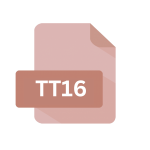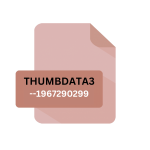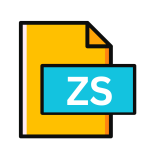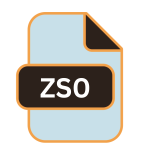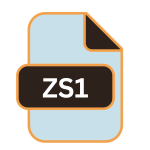.WDMON File Extension
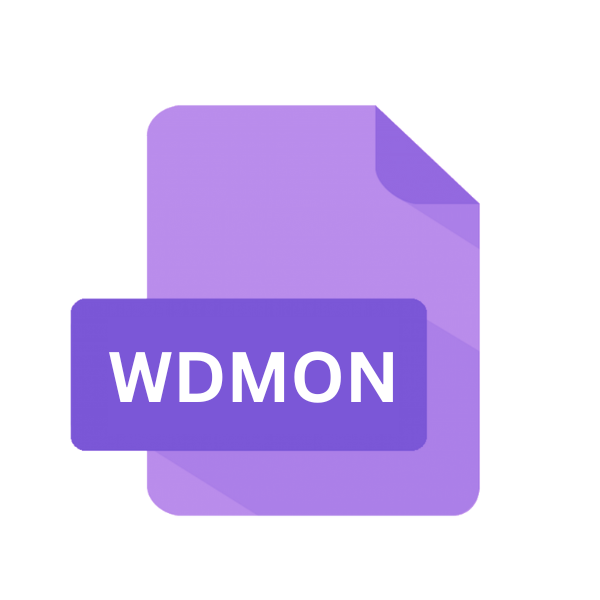
Wireless Diagnostics Monitor File
| Developer | Apple |
| Popularity | |
| Category | Data Files |
| Format | .WDMON |
| Cross Platform | Update Soon |
What is an WDMON file?
In the vast landscape of digital file extensions, the .WDMON file stands out as a crucial component in the realm of wireless diagnostics.
These files, formally known as Wireless Diagnostics Monitor Files, play a pivotal role in analyzing and troubleshooting wireless network issues.
In this detailed article, we will delve into the origins, history, technical specifications, advantages, disadvantages, and methods of accessing .WDMON files across various operating systems.
More Information.
Initially conceived as a means to aid network administrators and technicians in identifying and resolving wireless network issues, .WDMON files have evolved alongside advancements in wireless technology.
They serve as repositories of data collected during diagnostic processes, containing vital information such as signal strength variations, network interference, device connectivity logs, and more.
Origin Of This File.
The .WDMON file extension finds its roots in the evolution of wireless technology and the growing need for efficient network management.
It was introduced as part of diagnostic tools designed to monitor and analyze wireless network performance, signal strength, connectivity issues, and other related parameters.
File Structure Technical Specification.
.WDMON files typically follow a structured format optimized for storing diagnostic data efficiently. While specific details may vary based on the software or tool used to generate them.
These files often contain timestamped records of network events, device identifiers, signal strength metrics, and diagnostic codes.
The structure may incorporate proprietary formats or adhere to industry-standard schemas for interoperability.
How to Convert the File?
Converting .WDMON files requires specific tools or scripts capable of extracting data from the proprietary format and converting it into a more accessible format such as CSV (Comma-Separated Values) or XML (eXtensible Markup Language). Here’s a general guide on how to convert .WDMON files:
1. Identify Conversion Requirements: Determine the specific data elements within the .WDMON file that need to be converted and the desired output format. Consider factors such as timestamp formats, data structure, and compatibility with analysis tools.
2. Use Proprietary Software (if available): Check if the software or diagnostic tool used to generate the .WDMON files includes built-in conversion capabilities. Many proprietary network diagnostic solutions offer options to export data in standard formats for analysis in other tools.
3. Explore Third-Party Converters: Search for third-party software or converters designed to handle .WDMON files. These tools may provide specialized algorithms for parsing and extracting data from the proprietary format, enabling conversion to formats like CSV or XML. Ensure the converter is reputable and compatible with the version of .WDMON files you’re working with.
4. Develop Custom Scripts (Optional): If no suitable converters are available, consider developing custom scripts or programs to parse and convert .WDMON files. Languages like Python, Perl, or PowerShell offer robust libraries and frameworks for handling file I/O, data manipulation, and format conversion. This approach provides flexibility in tailoring the conversion process to specific requirements.
5. Extract Data Elements: Regardless of the conversion method chosen, focus on extracting relevant data elements from the .WDMON files. This may include network events, signal strength measurements, device identifiers, timestamps, and diagnostic codes. Pay attention to data integrity and accuracy during the extraction process.
6. Convert to Desired Format: Once the data elements are extracted, convert them into the desired output format such as CSV or XML. Ensure that the converted data retains its structure and semantics for meaningful analysis and interpretation. Consider incorporating metadata or headers to provide context for the converted data.
7. Validate Conversion Results: After conversion, validate the accuracy and completeness of the converted data. Compare it with the original .WDMON file to ensure consistency and integrity across data elements. Perform spot checks or data profiling to identify any anomalies or discrepancies in the converted data.
8. Utilize Converted Data: Once validated, utilize the converted data for analysis, visualization, or reporting purposes. Import it into analytical tools, spreadsheet software, or database systems for further exploration and insights. Leverage the converted data to optimize wireless network performance, troubleshoot issues, or support decision-making processes.
Advantages And Disadvantages.
One of the primary advantages of .WDMON files lies in their ability to provide detailed insights into wireless network performance, aiding in rapid troubleshooting and optimization efforts.
They serve as invaluable resources for network administrators, enabling proactive maintenance and minimizing downtime.
The proprietary nature of some .WDMON file formats can pose challenges in interoperability and compatibility with third-party tools.
The sheer volume of data contained within these files can sometimes overwhelm analysis efforts, requiring robust data processing capabilities.
How to Open WDMON?
Open In Windows
In Windows environments, accessing .WDMON files typically involve using compatible diagnostic software provided by network equipment vendors or third-party utilities.
These tools offer functionalities for importing, viewing, and analyzing .WDMON data within the familiar Windows interface, facilitating efficient troubleshooting and optimization tasks.
Open In Linux
Linux users can leverage a variety of open-source tools and scripts to interact with .WDMON files. Command-line utilities and scripting languages such as Python provide flexible options for parsing and extracting data from .WDMON files, enabling custom analysis workflows tailored to specific requirements.
Additionally, compatibility layers and virtualization solutions allow running Windows-based diagnostic software on Linux systems for comprehensive network management.
Open In MAC
macOS users can access .WDMON files through compatible diagnostic applications available in the Mac App Store or from third-party developers.
These applications offer similar functionalities to their Windows counterparts, allowing users to import, analyze, and visualize wireless network data efficiently.
Additionally, macOS’s Unix-based architecture provides a foundation for developing custom scripts and tools to manipulate .WDMON files as needed.
Open In Android
On the Android platform, .WDMON files may be accessible through specialized diagnostic apps designed for wireless network analysis.
These apps leverage the capabilities of Android devices to capture and analyze wireless network data in real-time, providing insights into signal strength, network congestion, and device connectivity.
Users can view .WDMON files directly on their Android devices or transfer them to other platforms for further analysis if needed.
Open In IOS
iOS users can utilize wireless diagnostic apps available on the App Store to interact with .WDMON files directly on their iPhones or iPads.
These apps offer intuitive interfaces for importing, viewing, and analyzing wireless network data, empowering users to troubleshoot connectivity issues and optimize network performance on iOS devices.
Additionally, cloud-based solutions enable seamless synchronization of .WDMON files across multiple Apple devices for centralized management and analysis.
Open in Others
For other platforms and devices, accessing .WDMON files may require specialized software or custom solutions tailored to the specific operating environment.
Cross-platform tools and web-based applications offer flexibility in accessing .WDMON data from various devices, ensuring compatibility and interoperability across different platforms.
Additionally, cloud storage and collaboration platforms facilitate sharing and collaboration on .WDMON files, enabling distributed teams to collaborate effectively on network management tasks.


